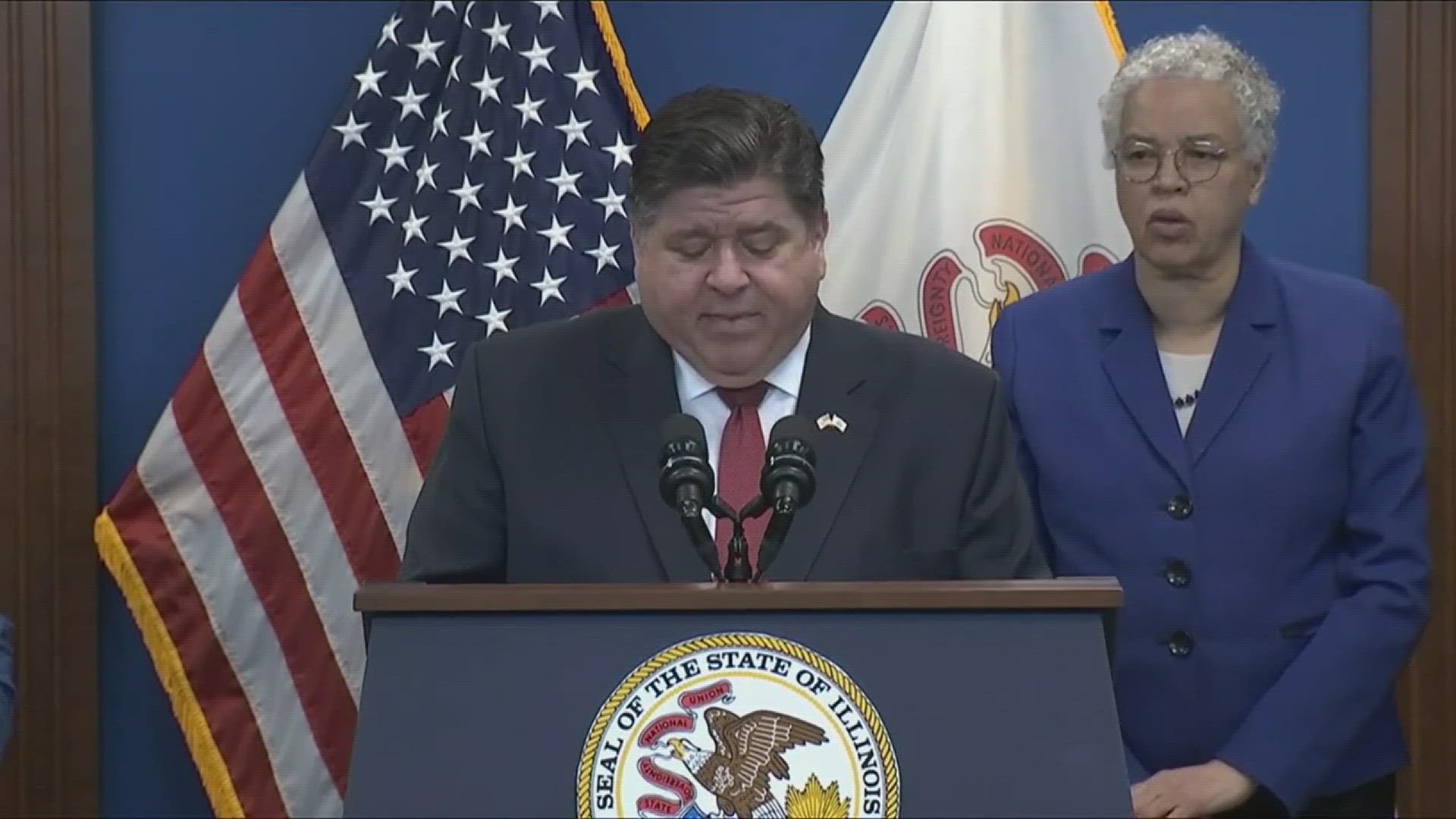(CNN) — In what looks to be a possible sequel to the Keystone XL Pipeline dispute, another fight has begun over a proposed US oil route.
The Standing Rock Sioux Tribe has sued the federal government, saying the Native American tribe was not properly consulted over the project to construct a 1,168-mile crude oil pipeline that extends over four states.
While proponents of the Dakota Access Pipeline tout its economic boost, opponents question its environmental impact.
The US Army Corps of Engineers approved the project, granting final permits in July, to the dismay of environmentalists and the Standing Rock Sioux Tribe.
1. What is the pipeline project?
The proposed Dakota Access Pipeline would transport crude oil from North Dakota through South Dakota and Iowa and into Illinois. The pipeline is also known as the Bakken Oil Pipeline, named for the oil-rich area in North Dakota. An estimated 7.4 billion barrels of undiscovered oil is believed to be in the US portion of the Bakken Formation, according to the US Geological Survey.
The underground pipeline would transport 470,000 barrels of crude oil a day, which would be sent to markets and refineries in the Midwest, East Coast and Gulf Coast regions, according to Energy Transfer Crude Oil Co.
2. Why is the pipeline being constructed?
The project developer, Dakota Access, a subsidiary of Energy Transfer Crude Oil, says the pipeline would help the United States become less dependent on importing energy from unstable regions of the world. It says a pipeline is the safest, most cost-effective and environmentally responsible way to move crude oil, removing dependency on rails and trucks.
It also estimates the pipeline would bring an estimated $156 million in sales and income taxes to state and local governments as well as add 8,000 to 12,000 construction jobs.
The proposal comes as a glut of cheap oil has devastated North Dakota’s economy. The state had enjoyed a major boom, but after hitting highs in 2014, it suffered a major economic downturn.
The project developers say the $3.7 billion project will “bring significant economic benefits to the region that it transverses.”
3. Who is protesting?
The Standing Rock Sioux Tribe filed a complaint in federal court alleging that “the construction and operation of the pipeline … threatens the Tribe’s environmental and economic well-being, and would damage and destroy sites of great historic, religious, and cultural significance to the Tribe.”
There are also concerns that digging the pipeline under the Missouri River would affect the tribe’s drinking water supply. The tribe, represented by Earthjustice, a nonprofit environmental law firm, has asked for an injunction.
Based in Fort Yates, North Dakota, the Standing Rock Sioux Tribe is a federally recognized Indian tribe, a successor to the Great Sioux Nation. Other Native American tribes and nations have joined its efforts.
“We have laws that require federal agencies to consider environmental risks and protection of Indian historic and sacred sites,” Dave Archambault II, the elected chairman of the Standing Rock Sioux Tribe, said in a statement.
“But the Army Corps has ignored all those laws and fast-tracked this massive project just to meet the pipeline’s aggressive construction schedule.”
Sen. John Hoeven of North Dakota disputes the tribe’s chief complaint that the Army Corps did not properly consult it.
“If there is some way for the corps to work to meet the concerns of the tribe, they should certainly do that. But (there) has been a consultation process. If the tribe doesn’t feel that that has been sufficient, again, they can protest as long as they do it peacefully and safely, but ultimately their recourse is to the courts,” the Republican senator told CNN affiliate KFYR-TV in Bismarck, North Dakota.
About 30 environmental groups, including the Sierra Club and Greenpeace, signed a letter to President Barack Obama, slamming the Dakota Access Pipeline as “yet another example of an oil pipeline project being permitted without public engagement or sufficient environmental review.”
They appealed to him to reject the project — as he did with the Keystone XL pipeline.
Protests have been held in North Dakota and Washington.
Construction equipment involved in the pipeline project in Iowa was set ablaze in suspected arson fires, reports say.
4. Who’s on which side?
Bernie Sanders spoke out against the pipeline in November 2015, but Democratic presidential nominee Hillary Clinton has not addressed the issue. CNN reached out to the Clinton campaign for comment on the issue and has not yet received a response.
“If candidate Clinton does nothing to address this issue yet continues into November promising Native Americans that she is our champion, then her words will be nothing but false promises — just more bombast, more white lies to Indians,” Simon Moya-Smith, a citizen of the Oglala Lakota Nation and culture editor at Indian Country Today, wrote recently in a CNN op-ed.
Celebrities such as Shailene Woodley, Susan Sarandon and Rosario Dawson have spoken out against the pipeline.
Leonardo DiCaprio tweeted that he was “inspired by the Standing Rock Sioux’s efforts to halt the Dakota Access Pipeline.”
5. What’s next?
The tribe’s actions may be the start of a lengthy, legal fight over the Dakota Access Pipeline. Meanwhile, construction work on the pipeline is ongoing.
US District Judge James Boasberg said he wants to absorb both sides of the argument before issuing a ruling, which is expected by September 9, KFYR reported.



